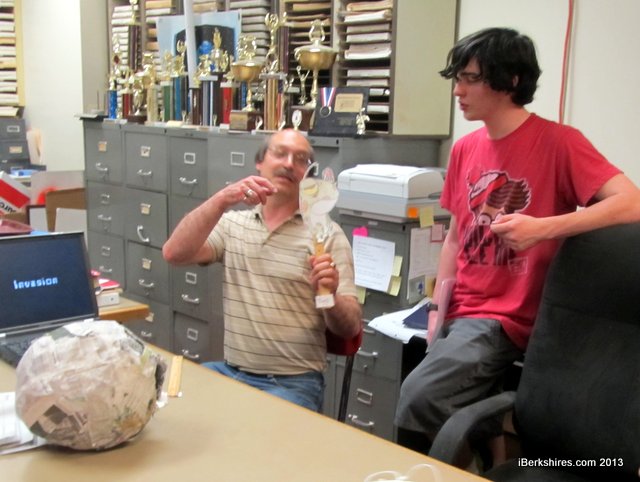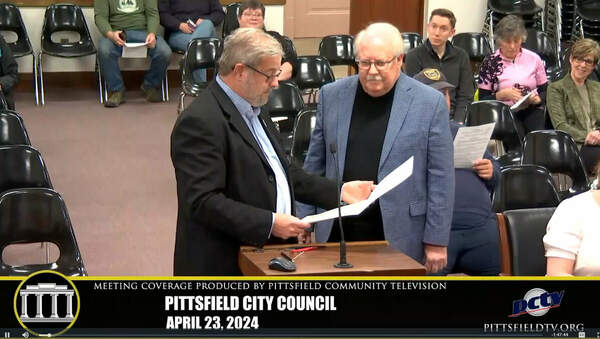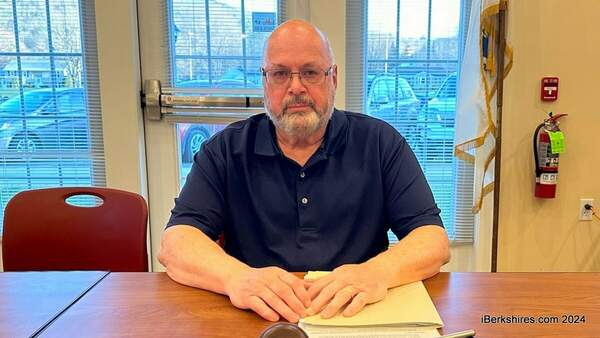Pittsfield Students Create TV Documentary On Invasive Species
|
Student Ian Phair in the PCTV studio recording the show. |
PITTSFIELD, Mass. — A group of local high schoolers will soon see a 30-minute biography of invasive species they wrote, performed, drew the backgrounds for and filmed hit community television.
Seven students, five from Pittsfield High School, one from Lenox and another from St. Joseph, have spent two days in each of the last 20 weeks working on "The SciShow." The after-school program was funded by the federal Massachusetts 21st Century Community Learning Centers Grant program and mixes a wide array of disciplines.
"We really let the kids take it and run," said Lisa Provencher, who ran the program with engineer and PCTV cameraman Tim LaPorte.
The project was entirely student run, even starting with the concept of an after-school science club. LaPorte had wanted to do a show with students and Provencher knew students looking to start a club.
The groups connected and the Pittsfield School Department approved of using the federal grants to start the program that mixes science and technology.
On Mondays and Wednesdays, the seven students met for an hour and a half after school to work on the program. They decided that they wanted to do a study on invasive species. Student Matt Brites was talking to the others about the invasive cane toad and the idea grew from there.
"I just think the cane toad is really cool," Brites said, of that initial conversation about the giant toads that are invasive species in Australia. From there, the students were researching and discussing invasive animals and then invasive plants. They took trips near the school and one day dug up 20 pounds of the invasive garlic mustard in just 20 minutes.
"We actually found one invasive vine strangling another vine," Brites said.
Three times they went to the Pittsfield Community Television office to film and took a trip to Animagic, a special effects museum in Lee. While some students, like Cally Vranas, got over their nerves enough to go in front of the camera, others stayed behind the scenes writing the script, doing the artwork and filming.

Tim LaPorte and Matt Brites at PHS Wednesday afternoon, as the program concludes. |
"I just thought it was interesting and you learn new things," Vranas said of her joining he club.
In the end, the 30-minute documentary is expected to show on PCTV later this month as well as a short trailer previewing next year's project in astronomy.
Now, with one year of running the after-school program under their belts, Provencher and LaPorte are ironing out some of the operations to make an even better program next year. Particularly, LaPorte said they had trouble getting the students to the studio because of timing and cost.
"We learned the dos and don'ts," Provencher said, adding that she is learning lessons about TV production from LaPorte.
He also said he hopes to have a school staff member join the program.
But while, the coordinators said they see ways to improve, nothing this year kept the students from having a good time doing it.
"I'm really glad I did this. This was a lot of fun," Brites said.
Tags: PCTV, PHS, school program, science,
















